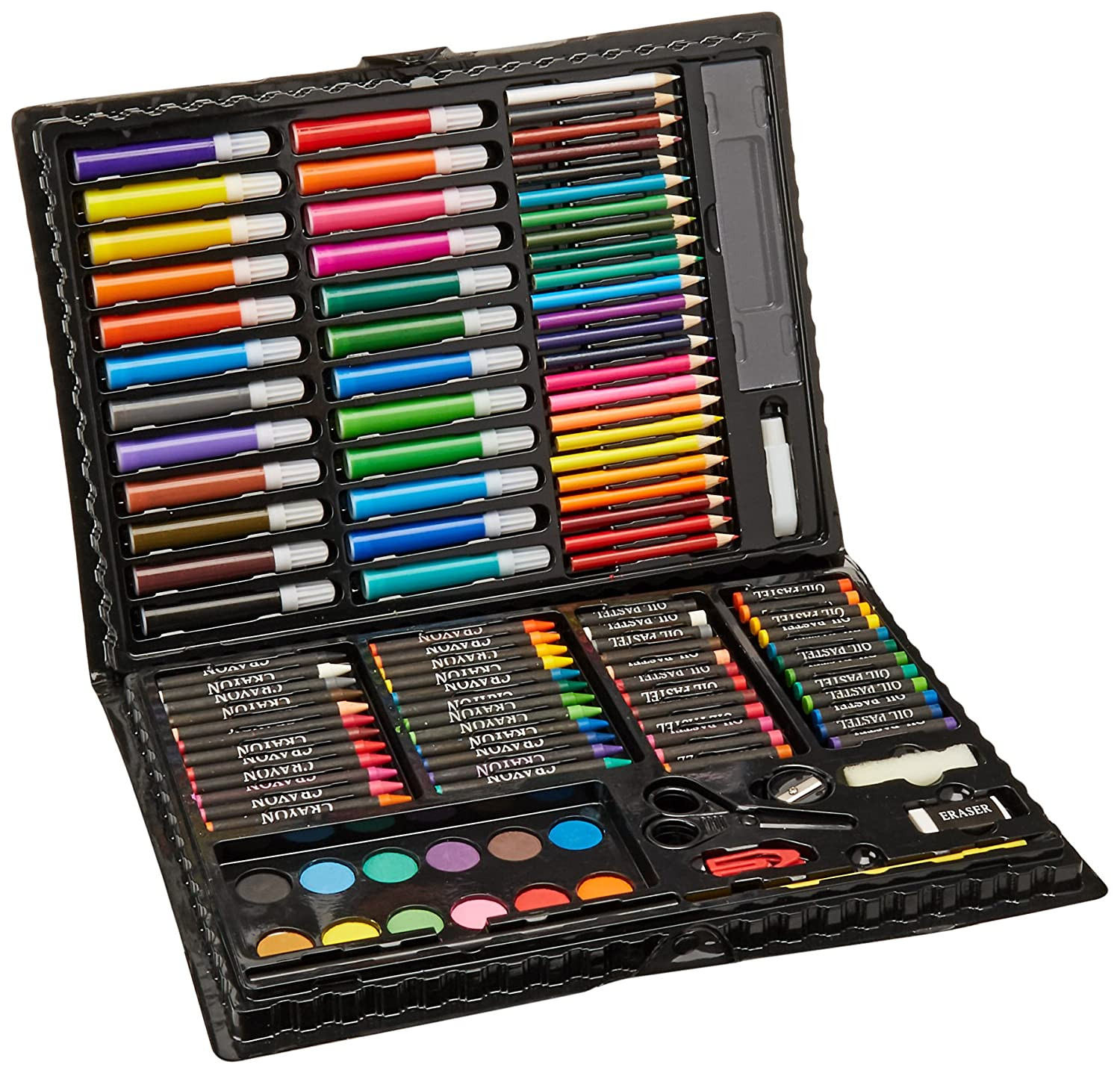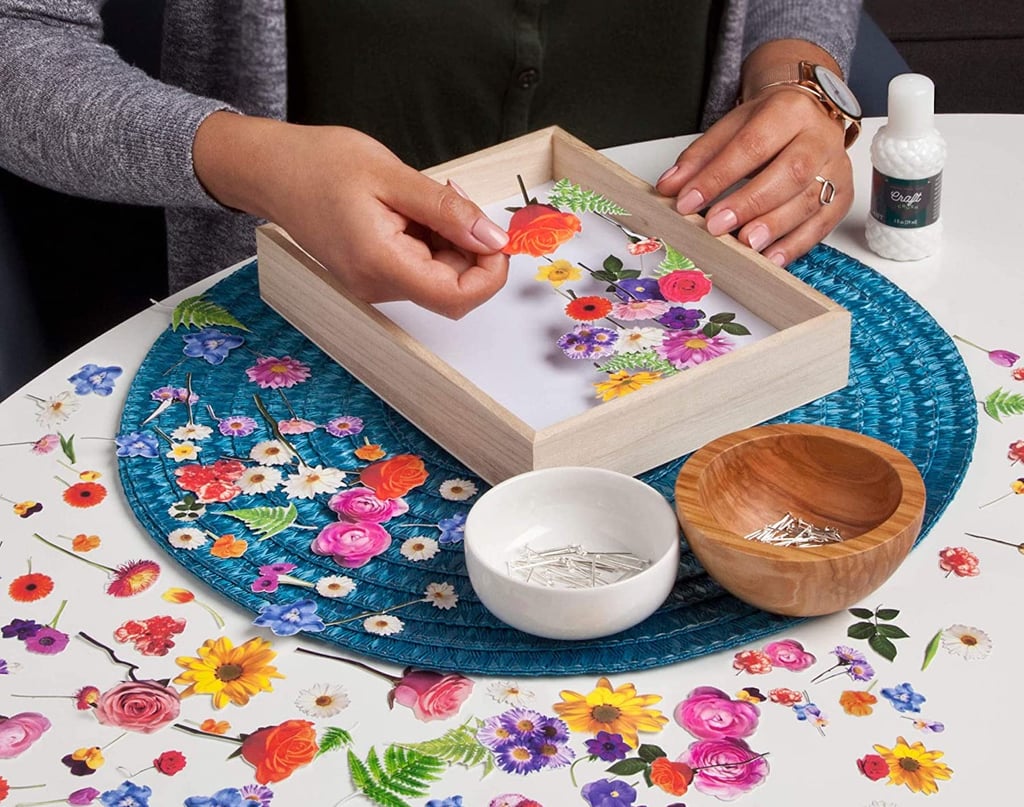In this auspicious occasion, we are delighted to delve into the intriguing topic related to best art kits for adults. Let’s weave interesting information and offer fresh perspectives to the readers.
Introduction
Hey there, aspiring artists! I’m your friendly neighborhood drawing teacher, ready to unlock the world of visual art for you. Drawing isn’t just about putting pencil to paper, it’s about expressing yourself, exploring creativity, and having fun!

Let’s dive into the exciting world of drawing, step by step, just like we would in my art studio. I’ll guide you through the basics, from understanding shapes and lines to creating your own unique masterpieces.
Ready to get started?
1. The Magic of Lines:
- Lines are the foundation of every drawing. They’re like the building blocks of your artwork.
- Think of different types of lines:
- Straight lines are strong and bold.
- Curvy lines are playful and flowing.
- Zigzag lines are energetic and exciting.
- Dotted lines create a sense of rhythm and movement.

- Practice making different lines: Try drawing long lines, short lines, thick lines, thin lines. Experiment with different pressures on your pencil to create different effects.

2. Shapes are Your Friends:

- Shapes are formed by lines. Think of squares, circles, triangles, and all sorts of interesting shapes.
- Practice drawing simple shapes: Start with basic shapes and gradually move on to more complex ones.
- Combine shapes to create objects: You can use squares and triangles to draw a house, circles and lines to draw a flower, and so on.

3. Seeing the World in 3D:
- Perspective is all about making your drawings look three-dimensional. It’s about showing how things appear closer or farther away.
- Learn about vanishing points: These are points on the horizon where lines seem to converge.
- Practice drawing simple objects in perspective: Start with a cube or a box, then move on to more complex objects like a chair or a table.

4. The Art of Shading:
- Shading adds depth and dimension to your drawings. It’s about creating light and dark areas to make objects look realistic.
- Learn about light and shadow: Light sources create highlights and shadows. The direction of the light determines where the shadows fall.
- Practice shading simple shapes: Start with a sphere or a cylinder. Use different techniques like hatching, cross-hatching, and blending to create smooth transitions between light and dark areas.
5. Bringing Your Drawings to Life:
- Details are what make your drawings special. They’re the little things that add personality and character to your artwork.
- Observe your subject closely: Look for the details that make it unique.
- Practice drawing different textures: Think about how rough or smooth, shiny or dull, different objects are.
- Don’t be afraid to experiment: Try different drawing tools and techniques to find what works best for you.
The Benefits of Drawing:
- Improves your observation skills: Drawing forces you to pay close attention to the world around you.
- Boosts your creativity: Drawing is a great way to express yourself and explore new ideas.
- Enhances your problem-solving abilities: Drawing challenges you to think critically and find solutions to visual problems.
- Develops your hand-eye coordination: Drawing helps you improve your fine motor skills and control.
- Reduces stress and anxiety: Drawing can be a relaxing and therapeutic activity.
FAQs:
1. What materials do I need to get started with drawing?
- Pencil: A good quality drawing pencil is a must-have. Start with a HB pencil, which is a good all-around option.
- Paper: Use drawing paper or sketchpad.
- Eraser: A kneaded eraser is great for lifting and blending.
- Sharpener: Keep your pencils sharp for clean lines.
- Optional: Colored pencils, markers, charcoal, pastels, and a drawing board can add variety to your art.
2. How often should I practice drawing?
- Consistency is key! Try to draw for at least 15-30 minutes each day. Even short bursts of practice can make a big difference.
3. What if I’m not good at drawing?
- Everyone starts somewhere! Don’t be discouraged if your drawings don’t look perfect at first. The more you practice, the better you’ll become. Focus on the process of learning and enjoying the journey.
4. What are some good drawing exercises for beginners?
- Blind contour drawing: Draw the outline of an object without looking at your paper.
- Gesture drawing: Quickly sketch the movement and form of a subject.
- Still life drawing: Draw a collection of objects.
5. Where can I find inspiration for my drawings?
- Look around you! Nature, everyday objects, and people are all great sources of inspiration.
- Explore art books and websites: Look at the work of other artists to see different styles and techniques.
- Use your imagination! Let your creativity run wild and create your own unique drawings.
Remember, drawing is a journey, not a destination. Enjoy the process, experiment, and have fun! I’m excited to see what you create.
Now, tell me, what are you most excited to draw? What kind of art supplies are you thinking of getting? Let’s explore your artistic vision together!

Thus, we hope this article has provided valuable insights into Downloads best art kits for adults. We appreciate your attention to our article. See you in our next article!
 cryptonias.my.id News Bisnis Technology Tutorial
cryptonias.my.id News Bisnis Technology Tutorial